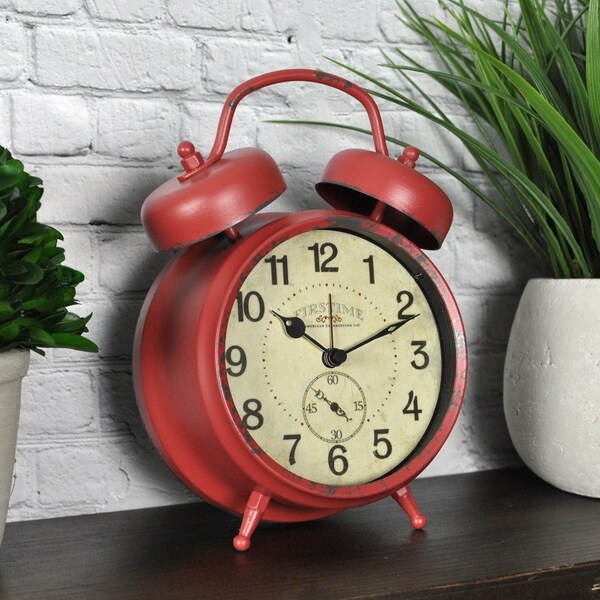

Then have another one set up to only fire after 30 seconds (an "entrance" delay) to trigger the main siren and strobe. You can use this node to perhaps emit a payload immediately on alarm state to start some "warning beeps" from an internal alarm. It will wait the number of seconds specified before firing (emitting a payload). There is a delay on this node and on an alarm being triggered, This node only really responds to an alarm state (the alarm has been 'triggered'). You can also use these nodes in flows that expose zwave or zigbee devices (like concealed door sensors) to homekit-bridge or other nodes:Īn Alarm Triggered node is essentially an alarm siren/strobe/etc output node. If a sensor receives ANY message at all, it will trigger an alarm IF the alarm panel it is associated with is in a mode that you have nominated as an "Active" alarm mode

ie: a laundry door may be "Armed" in "Away" and "Night" modes.īut a hall motion sensor may only be armed in "Away" mode. This was introduced to work directly with Dashboard and a few other node-red nodes.Ī sensor is an input to the alarm panel that you configure with one or more active "modes". Value - A new mode that essentially just emits a single 0 to 4 value as the payload.You can use this node to both set the state in the homekit alarm system or the dashboard controls, or for any automation in response to a panel state change. WARNING: There is NO infinite loop detection right now! So MAKE SURE if you create ANY path from a "StateChanged" to a "ChangeState" node, that you MUSTĮnsure the loop is not permanent or you will burn up cpu! A good enhancement would be perhaps to build in a "keepalive" countdown for 2 iterations or something toĪuto-kill a message stuck in a loop if anyone wants to take that on. The current state will be in and follows the HomeKit Alarm state conventions (same document as above). This node emits a message when the alarm system changes state, such as switching from "Home" to "Away" or "Disarm", or if a sensor triggers an alarm when armed. This was introduced to work directly with Dashboard and a few other node-red nodes. Value - A new mode that essentially just accepts a single 0 to 4 value as the payload.Homekit - Special mode for working with HomeBridge Alarm Nodes.Make sure you select the right "mode" in the node configuration: (see below for IMPORTANT WARNING about infinite loops!). See: HomeKit-Model-Reference - SecuritySystemTargetStateĮssentially, a "ChangeState" message updates the panel state and echos the state on ALL "StateChanged" emitters associated with that same panel Payloads follow the HomeKit Alarm state conventions with SecuritySystemTargetState being the new state you would prefer the alarm panel to be in. Attach it to a panel to control that property or zone.
#RED ALARM CLOCK UPDATE#
Send a message to a "changeState" node to update the alarm panel state. So for a simple house with just arming and disarming, create a single panel.įor a bigger property where you may want to fully arm some zones and leave other disarmed or on night mode, create separate panels for each zone. There is 1 configuration node and four flow node types currently provided:Ĭreate an alarmPanel configuration node to tie together states and sensors for a property or zone. Powerful and flexible node-red nodes to enable you to build your own home alarm system with any number of panels, zones, sensors, triggers and automations.ĭesigned to work easily with (but does not require) homekit. Designed to work easily with (but does not require) homekit. Nodes to build your own home alarm system.


 0 kommentar(er)
0 kommentar(er)
